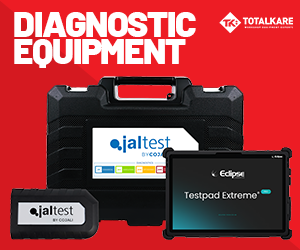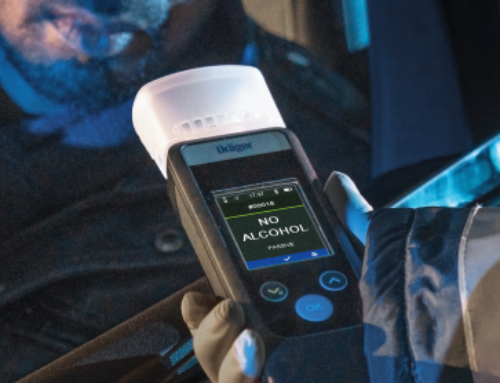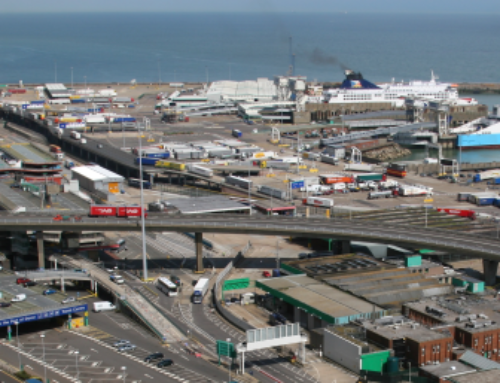Remote tacho monitoring launched on British roads
Remote monitoring of the latest-generation tachographs introduced in 2019 is now happening in Great Britain, in a policy shift by the enforcement authorities.
Initially following the tachographs’ introduction, the Driver & Vehicle Standards Agency (DVSA) had said that the organisation had no capability for remote monitoring of the instruments, and had not invested in training, software or the remote early detection communication readers (REDCRs) required to interface with the tachographs via dedicated short-range communication (DSRC) technology.
But this situation has since changed, as the agency announced last month that it was engaging in a trial programme of remote tachograph monitoring.
“We are trialling remote tachograph sensing equipment in Britain, to make it easier to detect drivers and operators who are breaking drivers’ hours rules,” DVSA said in a bulletin.
“While we know most operators follow drivers’ hours rules, we are still finding offences at the roadside. Breaking drivers’ hours rules has the potential to be dangerous to road users.
“We are exploring this technology to help keep Britain’s roads safe. It will mean we can identify many kinds of tachograph violations when travelling alongside vehicles, or from the roadside.”
A DVSA spokesman told Transport Operator that six REDCRs were now in use on a trial basis, and this number would increase if they proved to be successful.
He explained that the number of vehicles equipped with the new tachographs had risen considerably since 2019, meaning it was now regarded as worthwhile to trial the REDCR system.
“It’s about efficiency; we can identify a possible problem when a vehicle goes by, rather than having to stop it.
“At this stage, it’s an indication of possible wrongdoing, it’s not evidence of a crime.”
It is understood that the remote technology will enable the agency’s personnel to detect when a vehicle is in motion without a tachograph card inserted, whether the instrument is correctly calibrated, and if it has been tampered with.
This can be achieved from a static position at the roadside, or with monitoring units mounted in enforcement vehicles.
The DVSA bulletin went on to advise: “Make sure you understand your responsibilities as a driver; check your tachograph is working properly before you set off; take adequate rest; [and] correctly record your driving time and rest on your tachograph.”
It also called on HGV, PSV and LGV fleet operators to whom drivers’ hours rules applied to ensure their responsibilities as operators were understood and that tachograph equipment was maintained, as well as to ensure drivers’ activities were adequately scheduled, and their compliance monitored.
“Listen and respond to any drivers’ hours concerns raised by your drivers,” the agency added, concluding: “If you commit a tachograph violation, it’s now easier for us to find you.”
DVSA has said the equipment is potentially game-changing, and has emphasised its commitment to combating the road risks posed by dangerously tired drivers.
Remote monitoring capability was among the functions of the so-called ‘smart tachographs’ that were mandated by European regulations, and several other countries have already been deploying the sensing technology.
The first inspections in Denmark using DSRC equipment took place earlier this year, it has been reported, while Poland is understood to have adopted the technology last November. The German police and Dutch transport authorities also re-portedly began testing the equipment in 2021.













